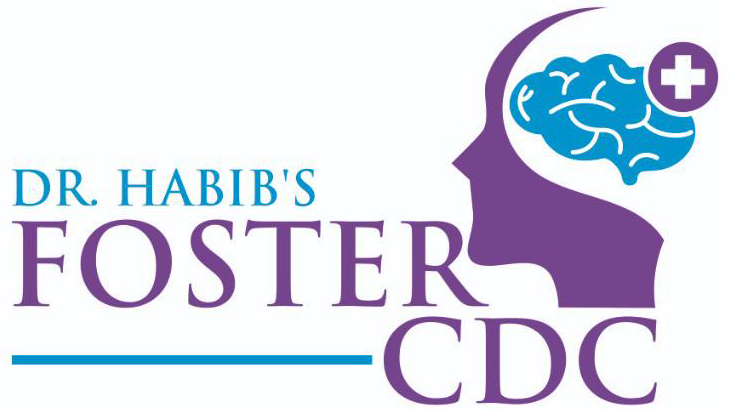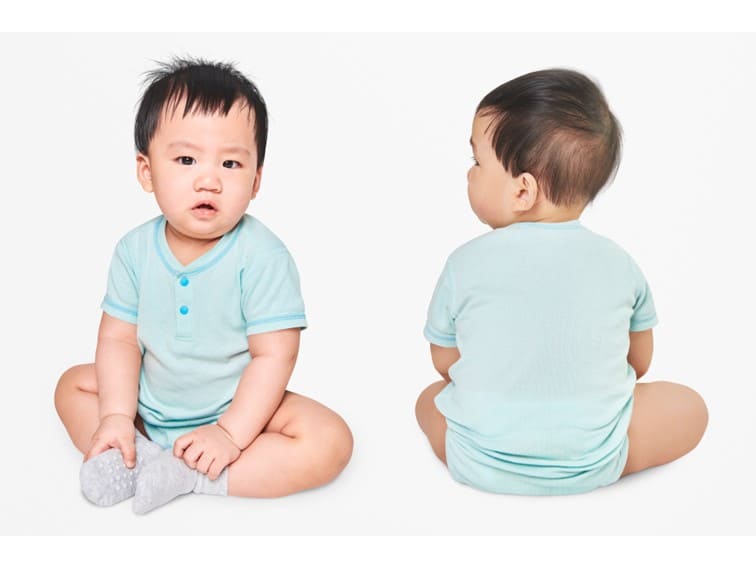Developmental milestones for infants: Physical or behavioral markers of development in newborns and children are known as developmental milestones. Crawling, rolling over, crawling, talking, and walking are all developmental milestones that provide valuable insight into your child’s early growth. Each age group has its own set of milestones. These milestones are actions that develop during life and serve as the foundation for future learning and growth. These include:
- Reasoning, thinking, problem-solving, and comprehension are all examples of cognition.
- Hopping, jumping, throwing and catching, sketching, stacking are all examples of gross and fine motor skills.
- Social contact and team play are examples of social interaction.
- Washing, eating, and dressing are all adaptable tasks.
Developmental Milestones for Infants (Babies up to 1 Year)
Emotional Development
When babies are taken from their caregivers at the age of eight months, they may develop “anxiety issues.” The anxiety is caused by babies’ ability to distinguish themselves from their caregivers. It’s a perfectly natural and necessary stage of growth. Babies before this age lack a sense of object permanence, meaning they are unaware that things or persons are always present. This ultimately comes down to the reality that your child is old enough to notice when you are not there, according to the American Academy of Pediatrics. Until you are reunited, they may be quite upset about it.
Cognitive Development
Your baby will enjoy discovering new things at the age of eight months. They’ll appear to be giddy with anticipation to go on to the next task. At this age, your child’s play is essentially how they gain knowledge, such as the action and reaction law. You’ll probably notice this if your child never gets tired of seeing what happens when they throw their spoon off their bouncy chair. They’ll additionally show object permanence and look for items that they may have initially ignored.
At this age, your baby may establish a strong attachment to a favorite object, such as a cherished blanket. Your child will also reach the joyful milestone of getting into the grove of language learning between the ages of 8 and 9 months.
Physical Development
Infants should be able to sit freely and begin to stand by pulling themselves up to a standing position while holding on to something. In this state, they can slam, throw, and drop objects while speaking one or two simple words like hello, no, and bye.
Developmental Milestones After 1 Year
- Walks alone, sips from a cup, speaks at least 15-20 words, and points to bodily parts.
- 2 YEARS – Jumps and runs. He mainly uses two-word phrases when he speaks. Simple directions are followed. Starts pretending to be someone else.
- 3 YEARS – Climbs with ease. Talks in multi-word phrases. Sorts items according to their color and shape.
- 4 YEARS – Become familiar with outside people. Makes squares and circles with his hands. He can ride a tricycle at this age.
- 5 YEARS – He can speak, try to dress up, speaks his name, name of his school, class teacher. Hops, skips, and jumps. Counts at least ten to 15 objects.
Bottom Line
Some infants will start doing things sooner, while others may start later – and that’s normally fine. In reality, a 2013 Swiss analysis revealed that toddlers who began walking early (before the study’s average of twelve months) were neither smarter nor more synchronized in their late adolescent years than those who began later. However, if you have any doubts related to the developmental milestones of your child then talk to your pediatric neurologist.


